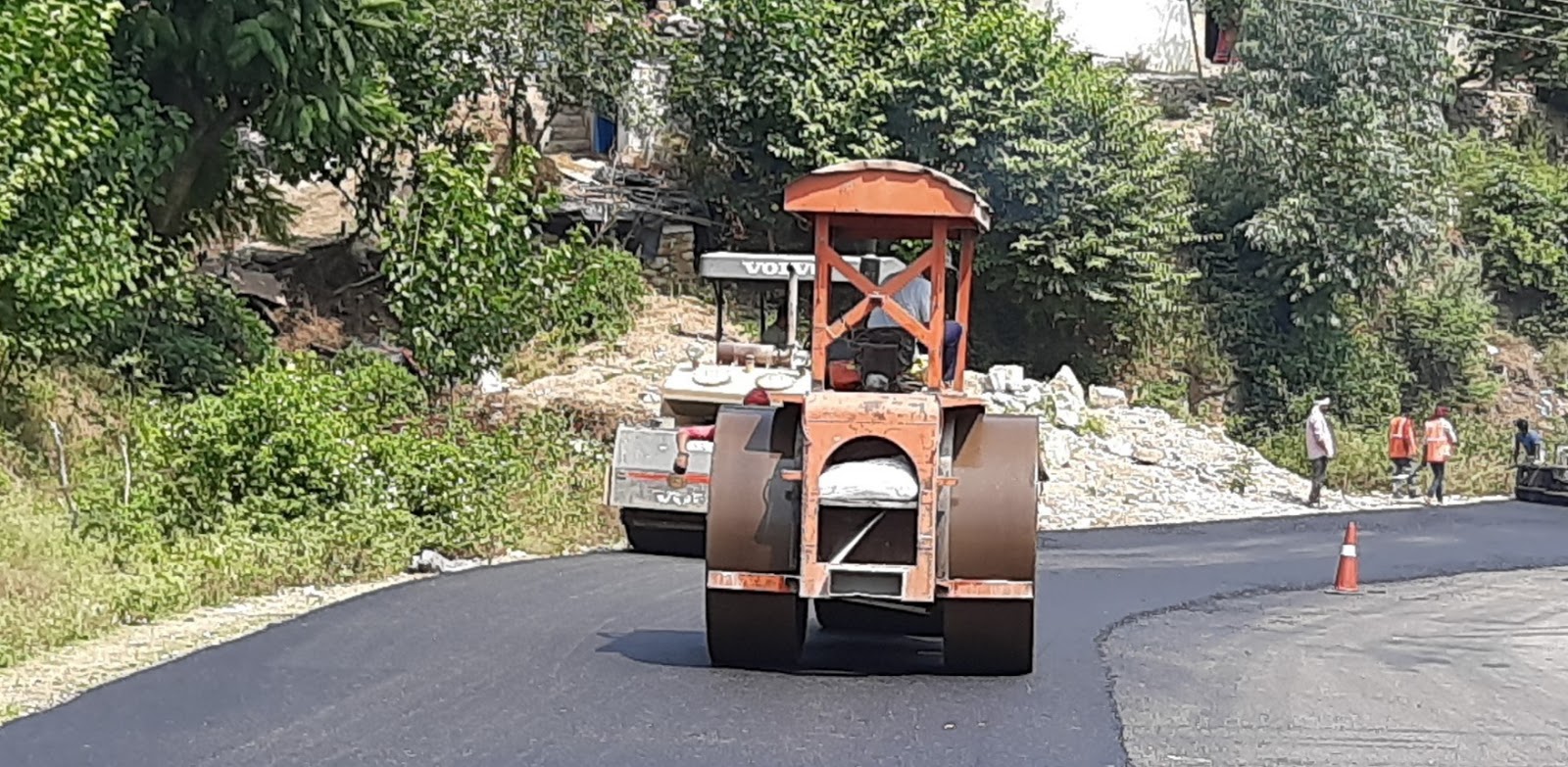When rock is quarried out and given rough shape at quarries it is called stone masonry.
The stone masonry may be classified as follows
Rubble Masonry
In this masonry the stones of disorder sizes are used.
The following of rubble masonry are given below.
• Coursed Rubble Masonry
This is the rough and cheap way of stone walling.
In this type of rubble masonry, the stones used are various sizes such as from 50 mm to 200 mm.
This type of stone masonry is commonly used in the construction of public buildings residential buildings, etc.
• Uncoursed Rubble Masonry
this type of rubble masonry, the stones are not formalize.
The courses are not maintained regularly.
• Random Rubble Masonry
In this type of rubble masonry, the stones of irregular sizes and shapes are used. The stones are arranged, therefore as to have a good guise.
Random Rubble Masonry is used in residential building, compound wall, godown, etc.
• Dry Rubble Masonry
This type of rubble masonry is similar in construction to coursed rubble masonry except that no mortar is used in the joints. It is used for compound walls, retaining walls and pitching on bridge approaches slab, etc.
Ashlar masonry
The square or rectangular blocks of stone are used in this type of masonry.
The height of stone varies from 250 mm to 300 mm.
The length of stones should not exceed three times the height and the depth into the wall should be at least equal to half the height.























